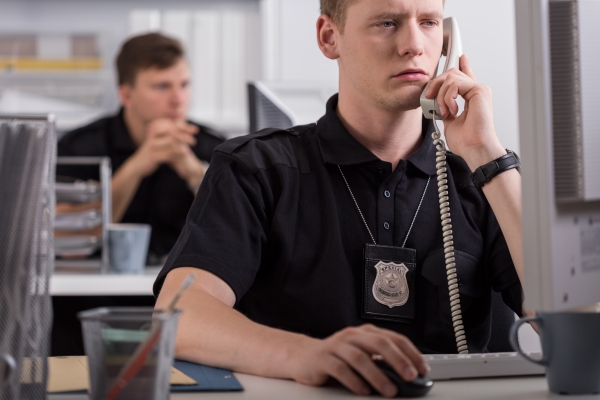
If you’re looking for a reason why law enforcement agencies in many jurisdictions across the United States are beginning to require authentication or “verification” of incoming alarms, you only need to know one number: 98. That’s the percentage of all alarm calls that turn out to be false – i.e., there was no real emergency.
How far back does the problem go? One can reasonably assume that there have been false alarms (also called “nuisance alarms) as long as there have been security systems. But the scope of the problem has been gaining attention for at least two decades. Case in point is this 1993 report from Ohlhausen Research, Inc. on behalf of the International Association of Chiefs of Police. The opening paragraph of the Executive Summary provides a good idea of the scope of the problem – even back then:
“Unnecessary calls for police service due to false burglar alarms have grown into a tremendous problem. Burglar alarms serve as useful deterrents to crime, but the amount of time and money police spend responding to the 7 million to 15 million or more false alarm calls every year has become intolerable to many law enforcement agencies. Projected growth in the use of alarms portends a worsening problem.”

The report went on to talk about the repercussions of false alarms, including “the unnecessary police dispatches, the waste of time and money, and the loss of alarms’ deterrent value.” Bringing it back to today, the time and money are particularly critical at a time when many police departments are reducing the number of officer due to budget cuts. To that can be added the issue of public safety: an officer responding to a false alarm is one less officer who might be responding to a real call, should it arise at the same time.
Over the years, a variety of solutions have been proposed to address and ultimately solve the problem. These solutions have ranged from educational (user and installer training) to legal (changes in local ordinances) to the punitive (fines, non-response by police). Technological solutions have been lagging; nebulous suggestions such as “better equipment” have not moved the needle very much.

Until recently. That’s because there is now a significant push to move towards alarm verification. The term “verified alarm” has differing definitions, but it essentially means that a trained central station operator has determined the presence of humans in a home or business and that there is a high probability that a criminal offense is in progress, either through audio, video, or eyewitness account. (Obviously, eyewitness confirmation is difficult because there isn’t always an eyewitness present. Audio is a viable option, but video, like that available with the Home8 system, is far more preferable; seeing is believing.)
The operator at the central station would receive the confirmation – in the form of audio, video or eyewitness account – and would then be able to confirm to law enforcement that verification has been received.

Now, that’s fine for alarm systems that are professionally monitored by a Central Monitoring Station (CMS), such as those offered by companies like ADT. However, besides video verification, another trend that we see occurring in the security industry is the collaborative video-verified alarm system. Collaborative models will allow the homeowner, family members, business/residence care-taker, friend or any third-party services to monitor and verify the alarm is truly an event that requires the police’s attention. A collaborative video verified alarm system is one that has a minimal monthly fee because there isn’t a central monitoring station watching your home for you.
Instead, you or anyone programmed into the solution will perform the video verification monitoring of your security system. This usually means that your smartphone is connected to your security system so you get notifications when a motion detector or any other life safety sensor (e.g., fire) is triggered or a door/window is breached.
The beauty of these systems is the monthly fee that you save through self-monitoring – a fee that can range from $30 to $80 or more. Yet they are highly effective: When a user confirms based on the live video stream that there is a “crime in progress,” the user contacts police within the application and communicates the verified event for police to prioritize the “crime-in-progress” response.
The move by law enforcement agencies to accept video direct from residents with self-monitored systems is nascent but is beginning to pick up steam. There is no doubt that with the growing popularity of self-monitored alarm systems, there will be a corresponding increase in the number of agencies that are prepared, technologically and otherwise, to accept video verification of real-time events, just as they are with the professionally monitored variety.
###
ABOUT THE AUTHOR
Jorge Perdomo is the Senior Vice President of Corporate Strategy & Development for Home8, the leading collaborative-monitoring security system with video alarm verification for prioritized response.



Get Social